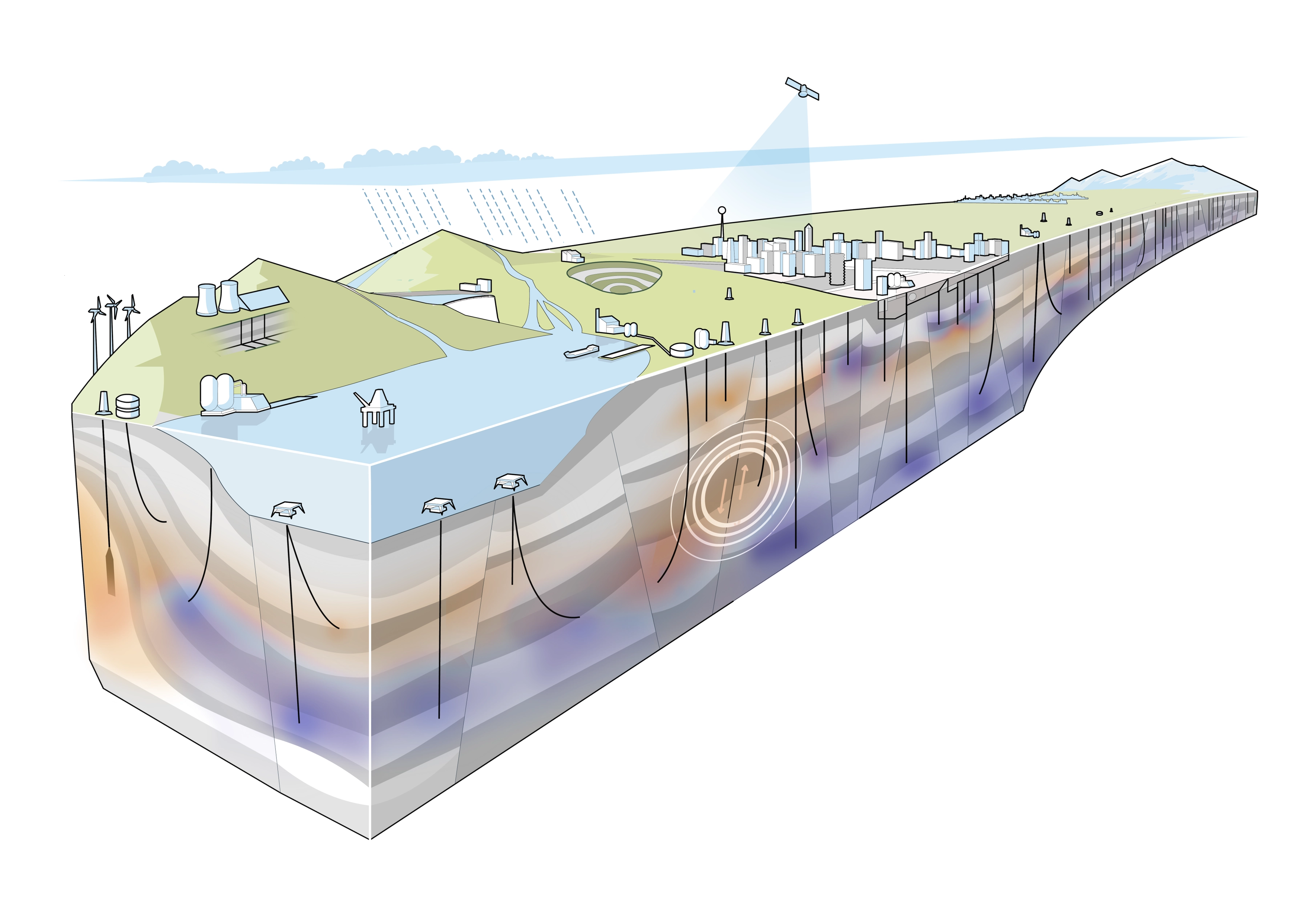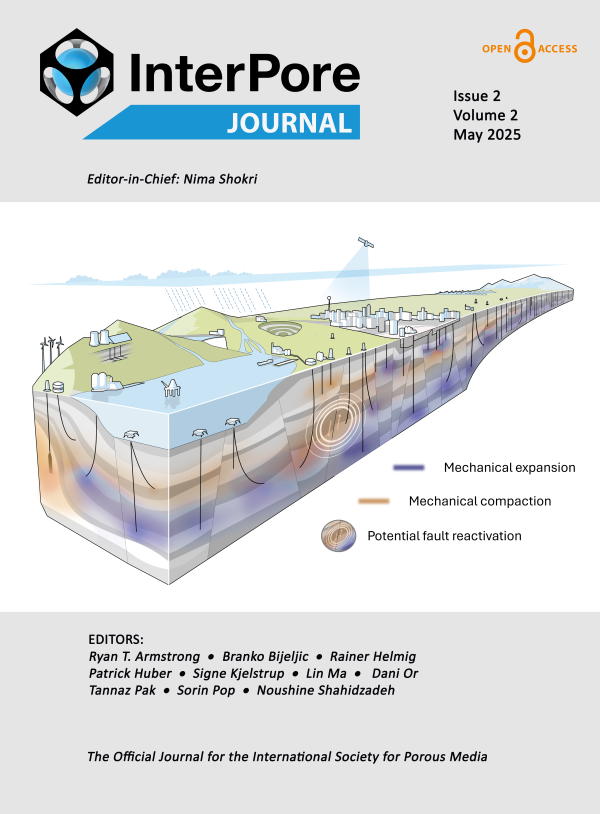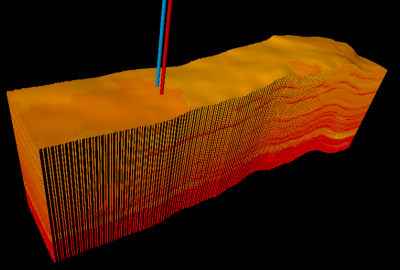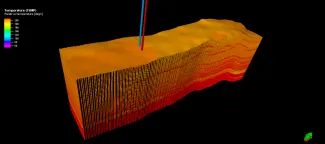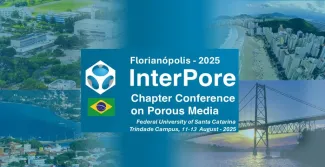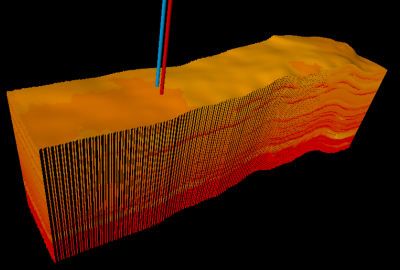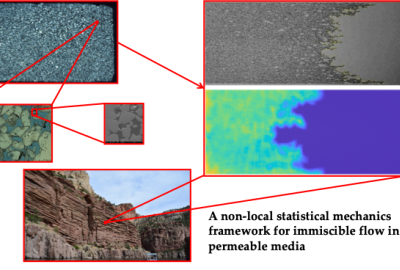Welcome at InterPore
Powered by Drupal
Contact form
Course Fees 2025
The fees for InterPore courses are structured based on your membership status and professional category.
Below is the fee breakdown:
- InterPore Student Member: 120€
- InterPore Student Non-Member: 150€
- InterPore Academic Member: 180€
- InterPore Academic Non-Member: 220€
- InterPore Industry Member: 240€
- InterPore Industry Non-Member: 360€
Donate
-
 This is a testFor the sliderText Layer
This is a testFor the sliderText Layer -
 See if it works
See if it works
This is the testwebform
User login
my courses
You don't have any upcoming courses at this moment. Please visit our course page to subscribe to a course.

